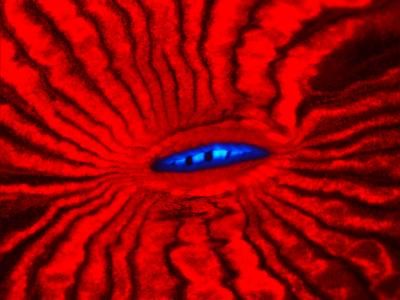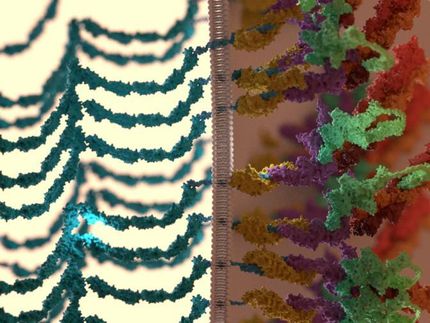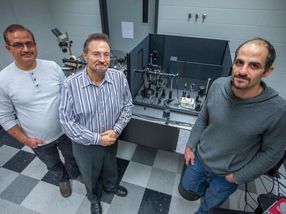Researchers identify a molecular switch that controls neuronal migration in the developing brain
St. Jude Children's Research Hospital investigators have identified key components of a signaling pathway that controls the departure of neurons from the brain niche where they form and allows these cells to start migrating to their final destination. Defects in this system affect the architecture of the brain and are associated with epilepsy, mental retardation and perhaps malignant brain tumors.
The findings provide insight into brain development as well as clues about the mechanism at work in the other developing tissues and organ systems, particularly the epithelial tissue that covers body surfaces. The report appears in Science.
"Neurons are born in germinal zones in the brain, and the places they occupy in the mature brain are sometimes quite a distance away. The cells have to physically move to get to that final destination," said David Solecki, Ph.D., an assistant member of the St. Jude Department of Developmental Neurobiology and the paper's senior author. "If the process is compromised, the result is devastating disruption of brain circuitry that specifically targets children."
In this study, investigators identified not only the molecular complexes that work antagonistically to control departure of brain cells from germinal zones, but also the adhesion molecule that functions as the cells' exit ticket. Solecki and his colleagues showed that high levels of Siah E3 ubiquitin ligase block neuronal departure by tagging a critical part of the cell's migration machinery for degradation through a process known as ubiquitination. Siah's target is Pard3A, which is part of the PAR complex.
By manipulating levels of both Siah and Pard3A, researchers showed that only when neuronal production of Siah falls and Pard3A rises will the cells move out of the germinal zone. The change prompts the cells to alter their migratory path and move toward the location where they will incorporate into the brain's circuitry. The findings mark the first instance of PAR complex activity being regulated by an ubiquitin-targeting protein like Siah.
Investigators used a technique called time-lapse microscopy to directly observe and document the process in the developing cerebellum, the region responsible for balance and fine-tuning body movements. Neurons are the specialized cells that make up the nervous system.
Investigators went on to show that Siah-Pard3A regulates neuronal migration via the adhesion molecule JAM-C, which is short for junctional adhesion molecule C. Researchers demonstrated that silencing JAM-C production in the neurons or preventing JAM-C binding to Pard3A blocked neuronal migration out of the germinal zone.
A similar system at work in epithelial cells relies on JAM-C to keep cells together in a process that also requires the adhesion molecule to bind to the PAR complex, Solecki said. But this is the first report of such mechanisms at work in the developing brain.
Earlier work from the laboratory of Solecki and others showed neurons migrate to their final location by moving along thin fibers produced by brain cells known as glial cells. This study suggests that JAM-C expression on the surface of developing neurons allows the cells to interact with their environment to reach the glial cells. "Without JAM-C, neurons do not move to their final position," he explained.
The researchers developed a fluorescent probe that when combined with time-lapse microscopy made real-time viewing of cell-to-cell binding possible for the first time. "Until now, cell adhesion was difficult to detect and the techniques involved were laborious," Solecki said. "With this approach, it is almost as if the cells are telling us what they are doing. It was very exciting for me to look at a dish of living neurons and see adhesion occur for the first time." m The findings may also offer clues about the spread of malignant brain tumors. Solecki noted that some types of the most common pediatric brain tumor, medulloblastoma, share similarities with immature neurons and seemingly fail to depart the cerebellar germinal zone. Solecki said Siah and Pard3A might provide insight into the mechanisms involved.























































